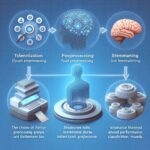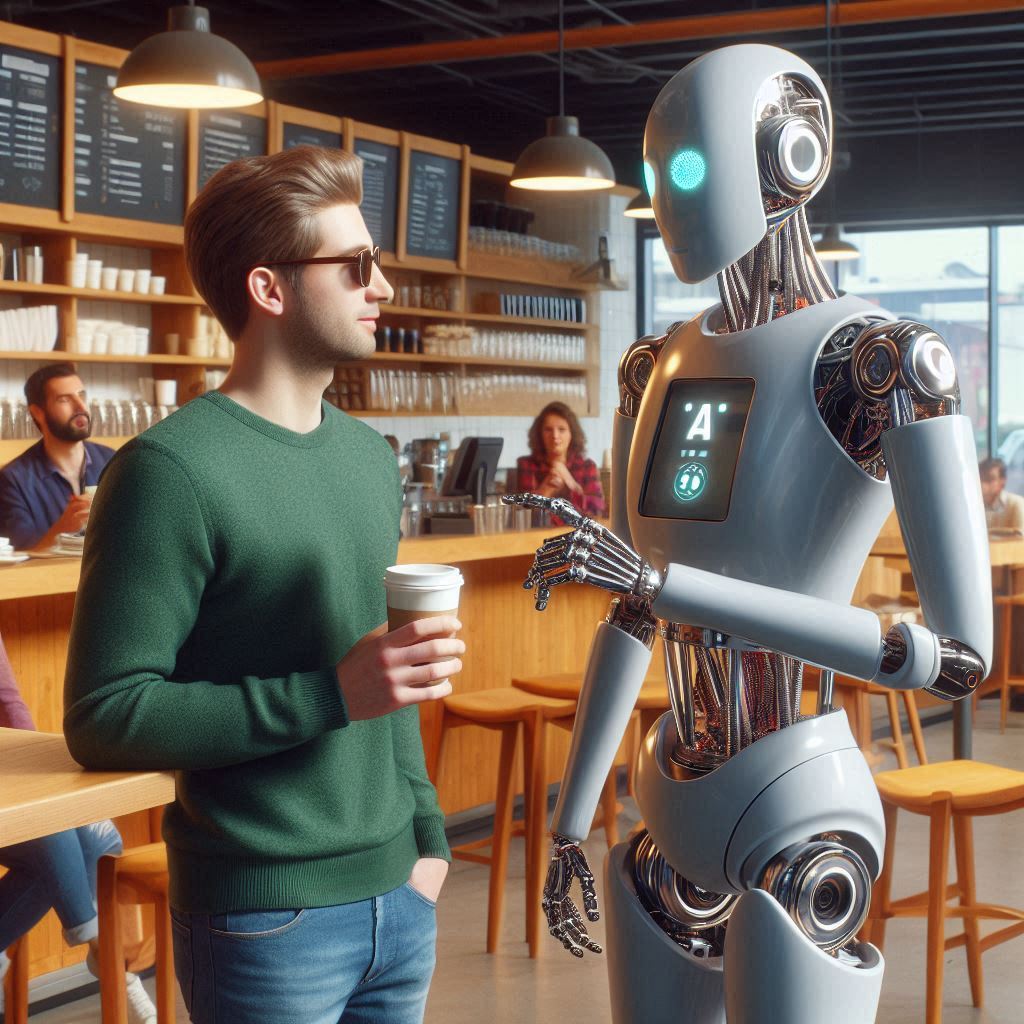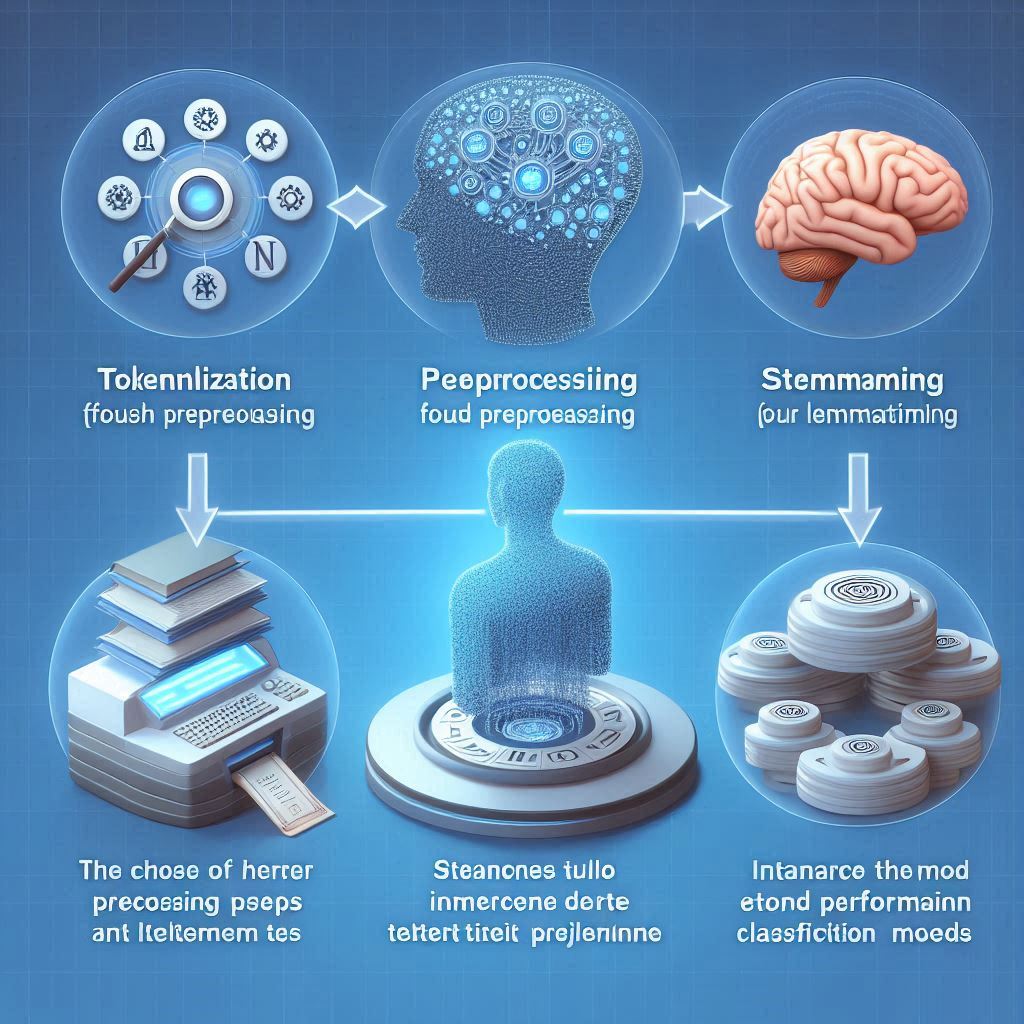In the world of Artificial Intelligence (AI), supervised learning is a key technique that is used to teach computers to recognize patterns and make decisions. Supervised learning involves training an algorithm with labeled data and then using that algorithm to make predictions on new, unseen data. It is one of the most important and widely used AI techniques and is used in a wide range of applications, from predicting stock prices to facial recognition. In this article, we will explore what supervised learning is, the different types of supervised learning, the algorithms used, and the applications of supervised learning.
What is Supervised Learning?
Supervised learning is a type of machine learning where data is labeled and an algorithm is used to learn from the data. The labeled data is used to train the algorithm, and the algorithm is then used to make predictions on unseen data. The algorithm is given a set of input data and the desired output, and it learns the mapping between the two by analyzing the labeled data. Supervised learning is used for a variety of tasks, such as classification, regression, and clustering.
What Types of Problems Can It Solve?
Supervised learning can be used to solve a wide range of problems, from predicting stock prices to recognizing objects in images. It is used for tasks such as classification, regression, and clustering. Classification is used to assign data points to categories or classes, such as assigning an image to the class “dog” or “cat”. Regression is used to predict a continuous value, such as predicting the price of a stock. Clustering is used to group data points into clusters, such as grouping similar images together.
How Does Supervised Learning Work?
The process of supervised learning involves feeding labeled data into an algorithm, which is then used to make predictions on unseen data. The algorithm is given a set of input data and the desired output, and it learns the mapping between the two by analyzing the labeled data. The algorithm is trained using a loss function, which measures how well the algorithm is performing. The algorithm is then tested on unseen data to measure its performance.
What Are the Benefits of Supervised Learning?
The main benefit of supervised learning is that it can be used to solve a wide range of problems. It is also relatively easy to implement and can be used to quickly build models that are accurate and reliable. Additionally, supervised learning algorithms can be used to make predictions on unseen data, which is useful for tasks such as predicting stock prices or recognizing objects in images.
What Are the Drawbacks of Supervised Learning?
The main drawback of supervised learning is that it requires a large amount of labeled data, which can be expensive and time-consuming to obtain. Additionally, supervised learning algorithms can be prone to overfitting, which is when the algorithm performs well on the training data but poorly on unseen data. Finally, supervised learning algorithms can be computationally expensive, as they require large amounts of data and computing power.
What Are the Different Types of Supervised Learning?
There are three main types of supervised learning: classification, regression, and clustering. Classification is used to assign data points to categories or classes, such as assigning an image to the class “dog” or “cat”. Regression is used to predict a continuous value, such as predicting the price of a stock. Clustering is used to group data points into clusters, such as grouping similar images together.
What Is Classification in Supervised Learning?
Classification is a type of supervised learning that is used to assign data points to categories or classes. It is used for tasks such as image recognition, sentiment analysis, and spam detection. Classification algorithms are trained using labeled data and are used to make predictions on unseen data. Common classification algorithms include logistic regression, support vector machines, and decision trees.
What Is Regression in Supervised Learning?
Regression is a type of supervised learning that is used to predict a continuous value, such as predicting the price of a stock. It is used for tasks such as forecasting, time series analysis, and risk assessment. Regression algorithms are trained using labeled data and are used to make predictions on unseen data. Common regression algorithms include linear regression, logistic regression, and support vector regression.
What Is Clustering in Supervised Learning?
Clustering is a type of supervised learning that is used to group data points into clusters. It is used for tasks such as market segmentation, customer segmentation, and recommendation systems. Clustering algorithms are trained using labeled data and are used to make predictions on unseen data. Common clustering algorithms include k-means clustering, hierarchical clustering, and density-based clustering.
What Are the Different Algorithms Used in Supervised Learning?
There are a variety of algorithms used in supervised learning, including logistic regression, support vector machines, decision trees, linear regression, support vector regression, k-means clustering, hierarchical clustering, and density-based clustering. Each algorithm has its own advantages and disadvantages and is used for different tasks.
What Are the Applications of Supervised Learning?
Supervised learning is used in a variety of applications, from predicting stock prices to facial recognition. It is used for tasks such as image recognition, sentiment analysis, spam detection, forecasting, time series analysis, risk assessment, market segmentation, customer segmentation, and recommendation systems.
What Is the Future of Supervised Learning?
The future of supervised learning is bright, as it is one of the most important and widely used AI techniques. Supervised learning algorithms are becoming more accurate and reliable, and they are being used in a wide range of applications. Additionally, new algorithms and techniques are being developed, such as deep learning, which is a type of supervised learning that uses deep neural networks.
Artificial Intelligence: Supervised Learning Defined in Summary
Supervised learning is a type of machine learning where data is labeled and an algorithm is used to learn from the data. It is used to solve a variety of tasks, such as classification, regression, and clustering. The labeled data is used to train the algorithm, and the algorithm is then used to make predictions on unseen data. Supervised learning is used in a wide range of applications, from predicting stock prices to facial recognition. It is one of the most important and widely used AI techniques, and the future of supervised learning is bright.












